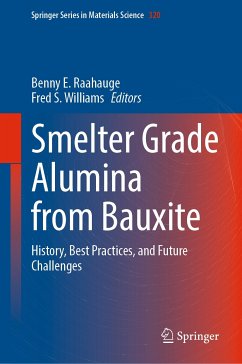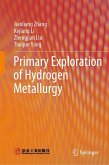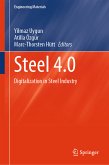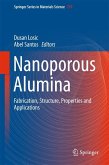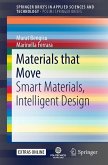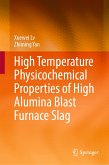This book provides a comprehensive review of the production of smelter grade alumina from bauxite ores. It emphasizes the best practices applied in the industry today but seen in a historical context with a view to future challenges and developments. The control of alumina quality is discussed in detail including the effects that alumina quality have on the aluminum smelter process with respect to environmental performance, current efficiency, and metal purity. The discussion of alumina quality will be relevant to people on the smelter side, as this is the interface between refinery and smelter. Emphasis is placed on the major steps of the Bayer Process including: digestion, clarification, precipitation, calcination, and management of water, energy, and bauxite residue. This book is a valuable resource for active, seasoned practitioners and for new engineers entering the industry.
Dieser Download kann aus rechtlichen Gründen nur mit Rechnungsadresse in A, B, BG, CY, CZ, D, DK, EW, E, FIN, F, GR, HR, H, IRL, I, LT, L, LR, M, NL, PL, P, R, S, SLO, SK ausgeliefert werden.
Hinweis: Dieser Artikel kann nur an eine deutsche Lieferadresse ausgeliefert werden.

